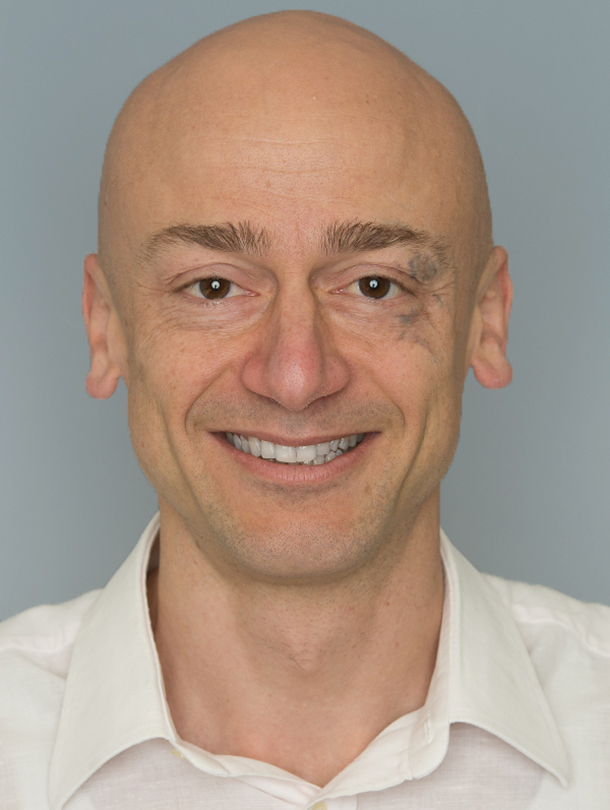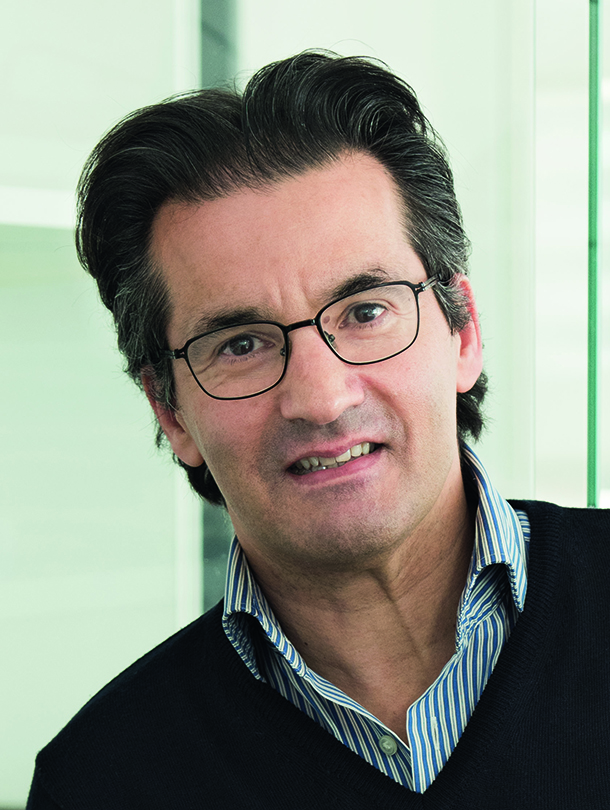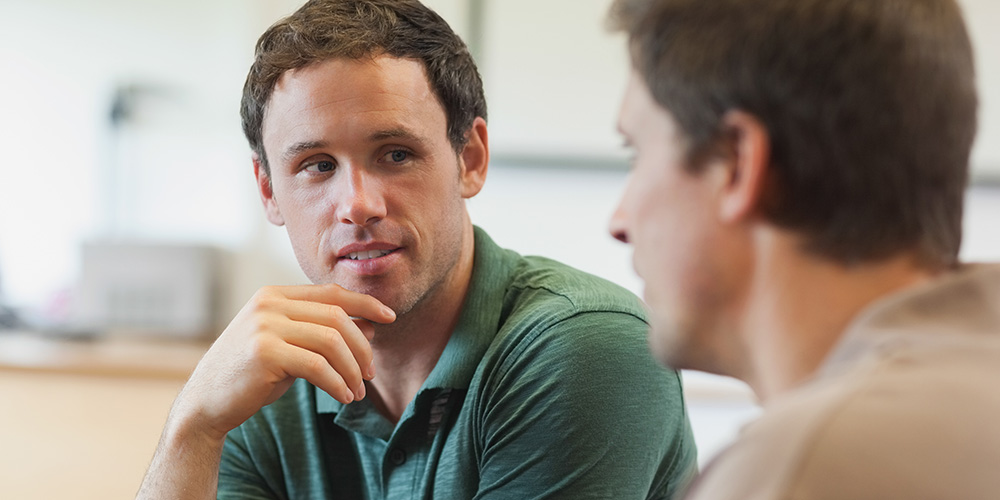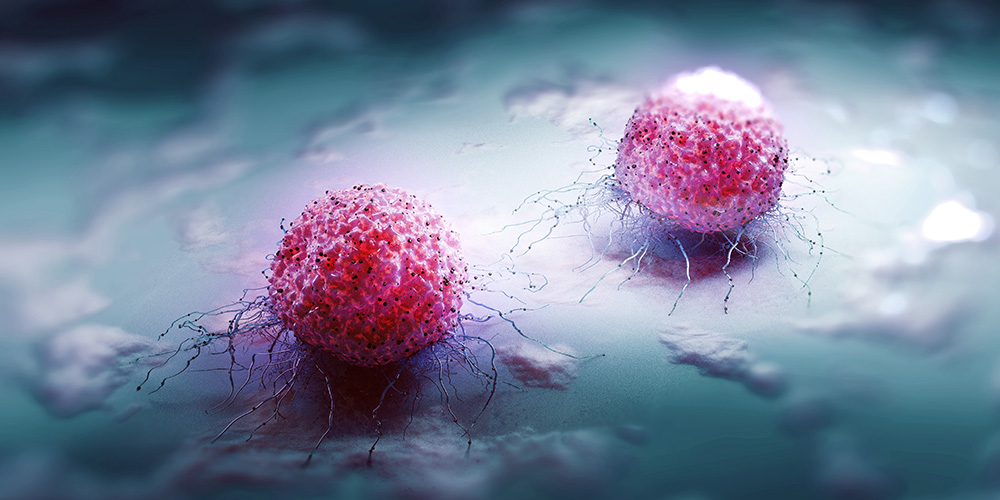Basel research project receives 5.3 million euros
The European Research Council has awarded one of the prestigious ERC Synergy Grants to a joint research project of the University of Basel, the University Hospital of Basel and the Friedrich Miescher Institute. The interdisciplinary team wants to find out whether nasal cartilage cells can be used for the regeneration of intervertebral discs. The funding amounts to 5.3 million euros.
23 October 2018
The European Research Council (ERC) has awarded 2.66 million euros each to the groups of Prof. Ivan Martin from the Department of Biomedicine at the University of Basel and the University Hospital Basel (USB) and Prof. Filippo Rijli from the Friedrich Miescher Institute for Biomedical Research (FMI).
The funding from the ERC Synergy Grant will flow into a joint project to investigate whether cells of the facial skull can stop progressive degeneration of intervertebral discs. The ERC is an institution established by the European Commission to fund basic research.
One of the interests of Prof. Ivan Martin's research group is the investigation and characterization of nasal cartilage cells. These cells are formed from the so-called neural crest, from which the facial skull develops, and have the ability to adapt to new environments. Due to their excellent regenerative properties, the body's own nasal cartilage cells have already been successfully used in a pioneering study to repair knee cartilage in patients. However, little is known about the biological processes underlying these regenerative properties.
Intervertebral disc damage in focus
During early embryonic development, neural crest cells migrate from the developing neural tube to the future head region, where they form chin, cheekbone or nose. Even after reaching their destination in the head, these cells retain their plasticity – i.e., they are still able to produce different cell types – until a signal from the environment triggers a specific differentiation.
Prof. Filippo Rijli's research group is investigating how this facial development is regulated. The researchers have already been able to explain the mechanism ensuring that certain genes that are highly important for embryonic facial development are maintained in a poised chromatin state and activated by environmental signals.
In their project, the researchers will investigate whether nasal cartilage cells have abilities comparable to neural crest cells during development and whether they can be used for further therapies. For example, it is planned to use adult nasal cartilage cells for the regeneration of intervertebral discs in cooperation with the spinal surgery department of the USB.
By synergistically approaching the project, the two groups will be able to exploit fundamental findings in developmental biology towards better understanding processes in regenerative medicine. The scientists hope that the joint research program will be key to important interdisciplinary results. This matches the interest of the participating institutions, which aim on the one hand at understanding fundamental biological processes and on the other hand at developing and implementing scientifically grounded therapies.
Further information
Matthias Geering, University of Basel, Head of Communications & Marketing, phone +41 61 207 35 75, cell: +41 79 269 70 71, email: matthias.geering@unibas.ch





